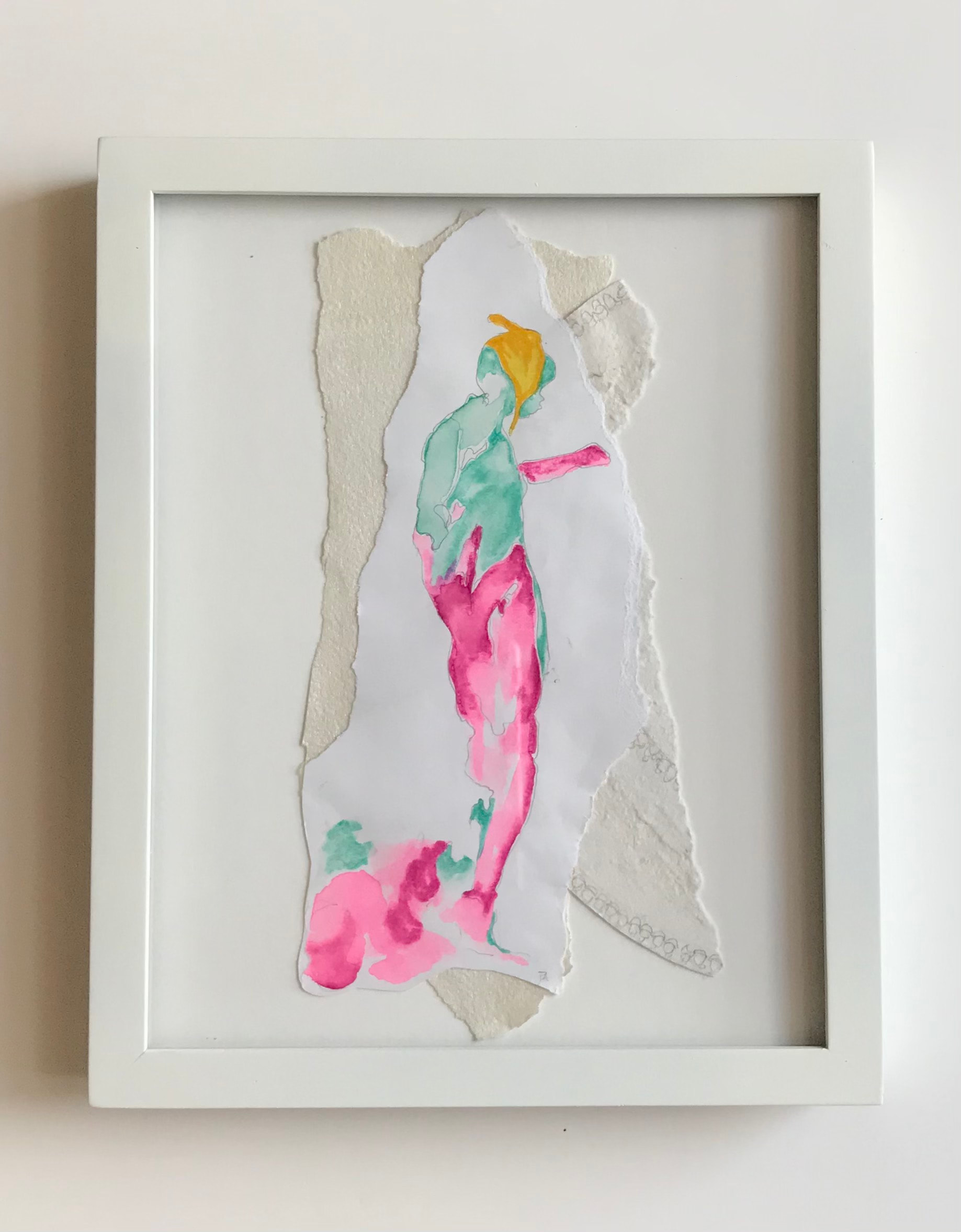
We tend to ask questions like: were the circular stone assemblies discovered in a cave near Bruniquel in southern France in 2016 meant by their Neanderthal creators as monuments? What is the significance of the Neanderthal handprints and ladder designs painted on the walls of three caves in Spain? Rather than congratulating other species when they behave like us, Wragg Sykes shows that it is much more fruitful to see how human talents are related to behaviours exhibited by other species. “The significance of Neanderthal art may simply be that Neanderthals had fun making it”Īn exciting aspect of this book is the way it refreshes our ideas about our own place in hominin evolution. We have known for a few years that some Neanderthals tanned leather now it seems they may also have spun thread. Other stories continue to accumulate a weight of circumstantial evidence. For example, while Neanderthals may have performed some funerary activity, they may not have thrown flowers on their loved ones’ graves as we once thought. The risk with any new tool is that, in our excitement, we over-interpret … High-powered optical microscopes pick out slice and chop marks, electron beams trace the cross-sections of scratches at the nano-scale and rapid collagen identification techniques can determine an animal from even tiny bone fragments. In Kindred, a history of our understanding of Neanderthals, Rebecca Wragg Sykes separates perfectly valid and reasonable questions – for example, “why aren’t Neanderthals around any more?” – from the thinking that casts our ancient relatives as “dullard losers on a withered branch of the family tree”.Īs an archaeologist with a special interest in the cognitive aspects of stone tool technologies, Wragg Sykes paints a fascinating picture of a field transformed almost beyond recognition over the past 30 years.Īrtefacts at well-preserved sites are no longer merely dug and brushed: they are scanned.

Why do we assume that Neanderthals, who flourished for 400,000 years, were somehow inferior to Homo sapiens or less fit to survive?


As well as attaining tremendous insights into the age of Earth and how life evolved, scholars also entertained astonishingly bad ideas about superiority. HOW we began to unpick our species’ ancient past in the late 19th century is an astounding story, but not always a pretty one.


 0 kommentar(er)
0 kommentar(er)
